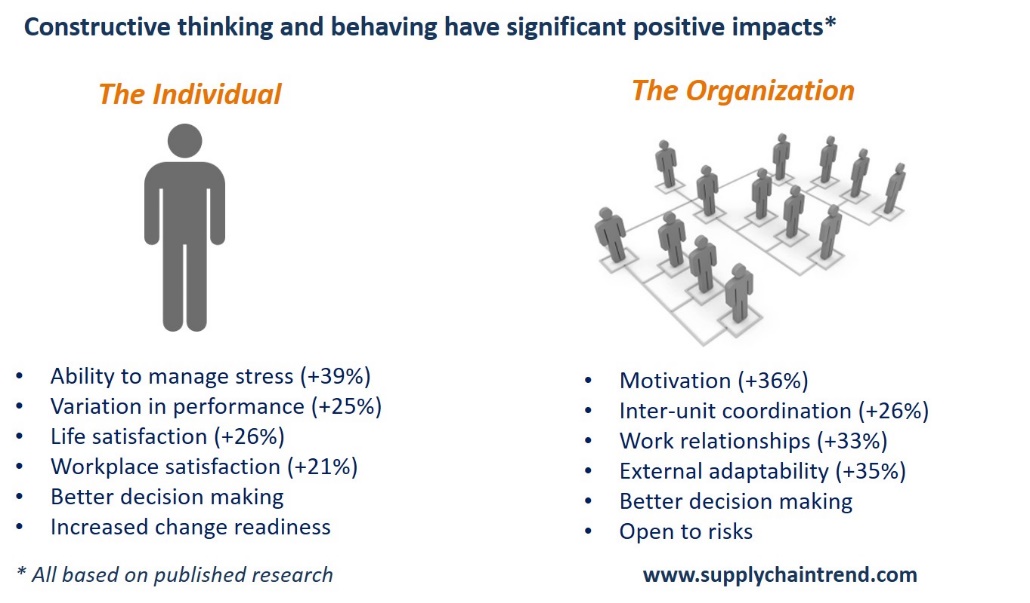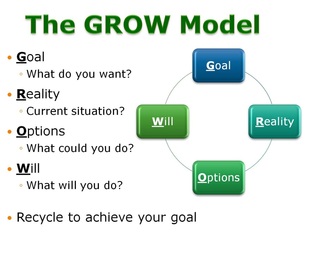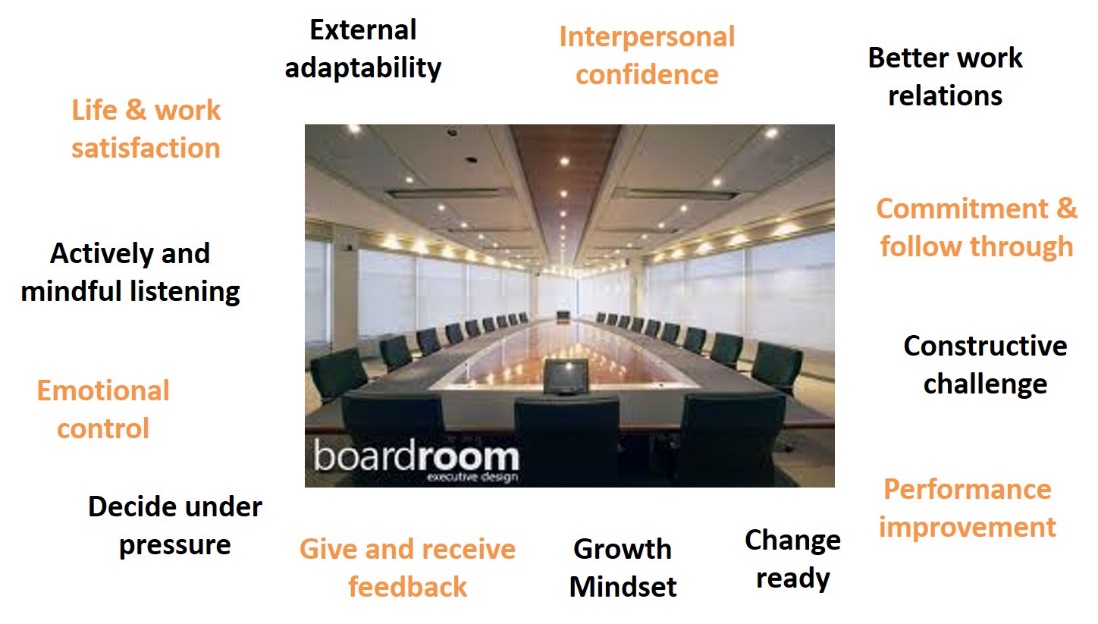CONTRIBUTION BY NIELS VAN HOVE – FOUNDER AND DIRECTOR TRUEBRIDGES CONSULTING
Introduction
In the last 30 years S&OP improved performance in many businesses. However, S&OP has not yet substantially delivered on its ultimate promise of enterprise wide resource management, rolling financial forecasting and strategy deployment. Whatever maturity model or consultancy support companies use, S&OP seems to get stuck. Worse, overall S&OP development and progress seems to have stalled. It sometimes seems like S&OP is stuck in a time warp, where the same old things as 30 years ago are being discussed. On top of this we can see examples of marketing driven service providers that very doubtfully brand their product S&OP, or make up new names for existing S&OP processes. The S&OP Pulse Check 2015 suggests S&OP practitioners are left behind in confusion:
- 62% of respondents think there is not enough innovation in S&OP systems
- 64% think there is not enough coordinated innovation in S&OP processes
- 68% think behaviours are not addressed enough in S&OP implementations
- 71% think we need more industry standards around S&OP
Where to go from here for S&OP?
To get some answers for S&OP practitioners, Niels van Hove founder of Supply Chain Trend, interviewed a group of S&OP leaders. These leaders all have 20+ years S&OP experience and published books, whitepapers and articles in renowned magazines. A group, eligible to comment on the current state of S&OP. A group, that has shown passion to improve S&OP and a willingness to provide ideas for the future. Supply Chain Trend will publish a weekly Q&A with these S&OP leaders.
 In this week’s interview: Eric Tinker, Managing Principal Nexview Consulting.
In this week’s interview: Eric Tinker, Managing Principal Nexview Consulting.
Eric Tinker leads Nexview Consulting and has spent the last 20 years in management consulting helping clients achieve large-scale change within their organizations. His client experience spans several countries and ranges from helping start-ups to leadership of large, complex, multi-geography business transformation. Eric focuses on Sale & Operations Planning (S&OP) as well as improving the supporting processes, information systems and organizations to help clients leverage S&OP to be the platform for continuous improvement. He has taught and consulted on S&OP and supply chain management across 5 continents, has published several articles, and is the author of Sales & Operations Planning RESULTS. His industry experience includes Consumer Goods, Chemicals, Life Sciences, Energy, and High Tech among others.
S&OP, a vision for the future interview
SCT: Can you describe your first involvement in S&OP?
Eric: Years ago, I was a seasoned, but still developing supply chain consultant in a firm that mainly specialized in plant operational productivity improvements. We sold a supply chain project based on some peripheral supply chain work we did at a plant and I was the tallest midget for this new project. I’d heard about S&OP and searched for any knowledge within my own firm, but didn’t come up with much here or on the nascent world wide web either. I read Wallace & Stahl’s first book over a weekend and went in and ended up leading delivery of a global S&OP implementation over the next several months. Part of working as a consultant in a generalist firm was working out of your comfort zone, so I was fine and the client never knew it was my first S&OP rodeo. With a great client team, it was very successful and involved multiple international geographies, IT, some re-org, and KPI movement.
SCT: How would you describe your personal passion for S&OP?
Eric: From the experience above, I said – “Hey this process is the nexus of managing a business, and I can make a career making a real impact with clients by just doing this.” It was a few years before I was able to make that jump, but never lost sight and have never looked back since making the jump almost 10 years ago. For me, it’s a way of life and how the story will end.
SCT: According to most maturity models, S&OP stalls or even fails. Why do you think this is?
Eric: What I find is that as with most things, clients usually know what to do, but struggle with execution. It’s easy to put off an S&OP improvement for another month, such that the current burning fire can be extinguished.
SCT: What do you believe can be done about that?
Eric: Many companies view S&OP only for its collaboration benefits. Who can agree with getting everyone on the same page with a common set of plans and making decisions that are best for the whole? But – they get caught up with lots of “good ideas” as described above and fail to connect S&OP with business results. They fail to internalize that S&OP is not an additional thing, but is the thing that manages the business and the other good ideas.
SCT: What else significant is missing in the current state of S&OP?
Eric:
- While some have it, we generally need more visibility of profitability in the conversations. One implementation we did, had margin right along with the revenue stream in the financial parts of Demand Review.
- For some applications, we can also use more external partner collaboration. Why not plug-in a key contract manufacturer into your Supply Review(s). Note my emphasis on “some applications”.
- Our research and experience shows that Portfolio Review is still an untapped opportunity for most companies to include in the process. It’s not a fit for everyone, but for many it’s a great way to keep the portfolio under control and connect market driven priorities with the rest of the business.
SCT: What do think are some of the fallacies about S&OP?
Eric:
- Parts of the service provider market continue to cause confusion over what S&OP is to suit their own marketing purposes. Several companies also call the tactical execution they do S&OP. I’ll leave it there for now.
- That designing S&OP and putting it in are easy. Sure – the components aren’t too tough to grasp and you can start the meetings. Getting consistency across your S&OP design, org design, regional/BU and global levels, integrating new acquisitions, IT hierarchies (operational and financial), while keeping busy people engaged, isn’t always easy in a complex business.
- “This isn’t an IT thing.” Sure – you can get to a design and pilot on Excel, but try to scale it sustainably in a complex global business on spreadsheets without burning out your staff? Who wants that job in the long-run, good luck.
- There’s one set of “best practices” that fits all. There are some who claim based on all their self-proclaimed experience, they have the right way. A good suit is a nice place to start for looking good, but suits need to be tailored to every person and S&OP is no different.
SCT: How would you describe your future vision for S&OP?
Eric: S&OP is the just the way we do business, it’s not something new or unknown. We have a connected global management team that is armed with process, information, and decision support to make the most profitable intermediate term decisions that “operationalize” the strategy while monitoring the underlying process execution and associated metrics.
SCT: What needs to be done to reach that vision?
Eric: We work with clients by focusing on “8 Levers” to make measurable progress in S&OP maturity. These levers are:
Vision: Define what S&OP is and is not, what it does for the business, and what results will come from it.
Sponsorship: What this named executive does to ensure S&OP success should be explicitly defined.
Design: Design S&OP to match your org structure, financial reporting structure, and your data hierarchy/structure must align to this.
Organizational Alignment: Not only should your organization align around S&OP for collaborative management and decision making, the process needs to align with your structure to get the accountabilities in the right places as well as match the reporting roll-up.
Reports & Tools: This includes formats of reports, tools/training guides, meeting procedures, action logs, meeting scorecards/maturity tracking, the mechanics all need to be tight.
Enabling Technology: This is a must for sustainability for reporting sustainability and scenario modelling/decision support.
Results Management: Sure, S&OP is a great idea, but if it’s not driving business results that can be measured, why bother?
Change Management: Informal coaching, stakeholder management, as well as tangible techniques to measure progress are all part of this.
We’re pretty big on these items to reach an overall vision of mature S&OP. If you’d like to see more, you can see an extended video and download an infographic on the 8 Levers for S&OP Performance
SCT: Since S&OP has been around since the 80’s, aren’t most companies doing it by now and opportunities are limited?
Eric: That’s a little like saying opportunities for improvement and business itself are limited. I continue to be amazed by many companies who are successful, despite what I see or hear about what is going on inside. I see people working very hard, but the gaps demonstrate how much better we can get. Companies are also in their own maturity cycles, so new ones needing to implement or improve S&OP are always emerging.
Uncertainty, complexity, and variability continue to create opportunities in the marketplace. Teams don’t have to have it all covered all at once, they just need to be better than the next guy. If you’re not managing these challenges and opportunities through S&OP, then you’re likely not on the leader-board, or perhaps you’ve found the fountain of youth, perpetual motion machine, or that lucky pot of gold. Some companies may have a head start based on positioning or just great products, but the market is not far behind.
SCT: What is your message for S&OP practitioners, who are struggling to make progress, or who are looking for guidance?
Eric:
- Without the help a passionate executive who can mandate this and/or provide the environment for success, you should focus on finding that executive to work with (perhaps in another company) rather swimming upstream on your own.
- Take a maturity model and modify it to suit what makes sense for your company. The maturity model should educate/communicate, align people, manage scope, and set expectations for what needs to happen by when. Work IT maturity into the mix here too.
- Tie this process to measurable business results, numbers are harder to argue with.














